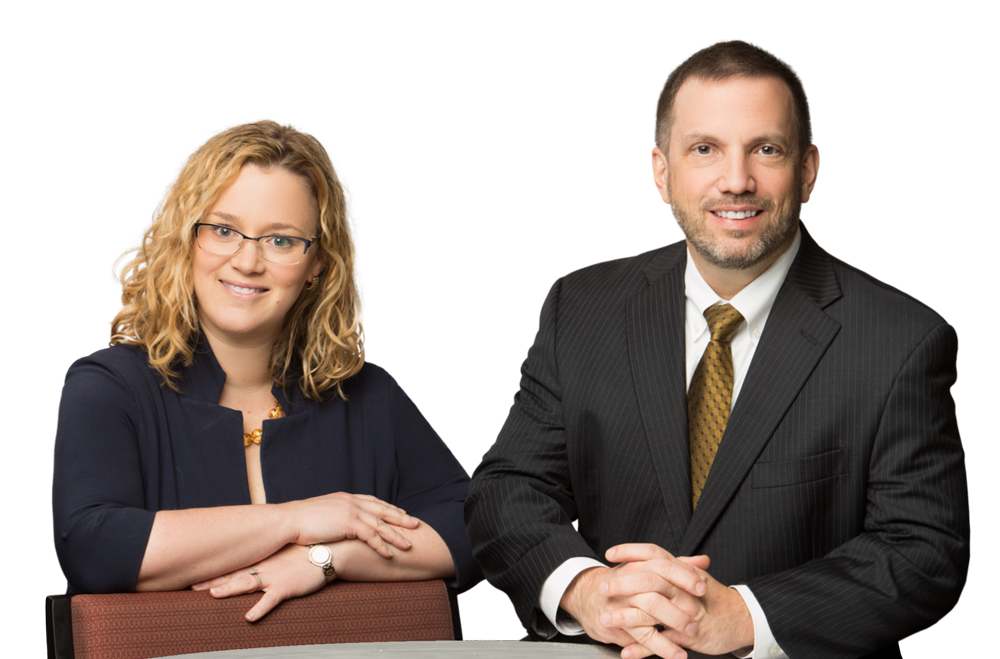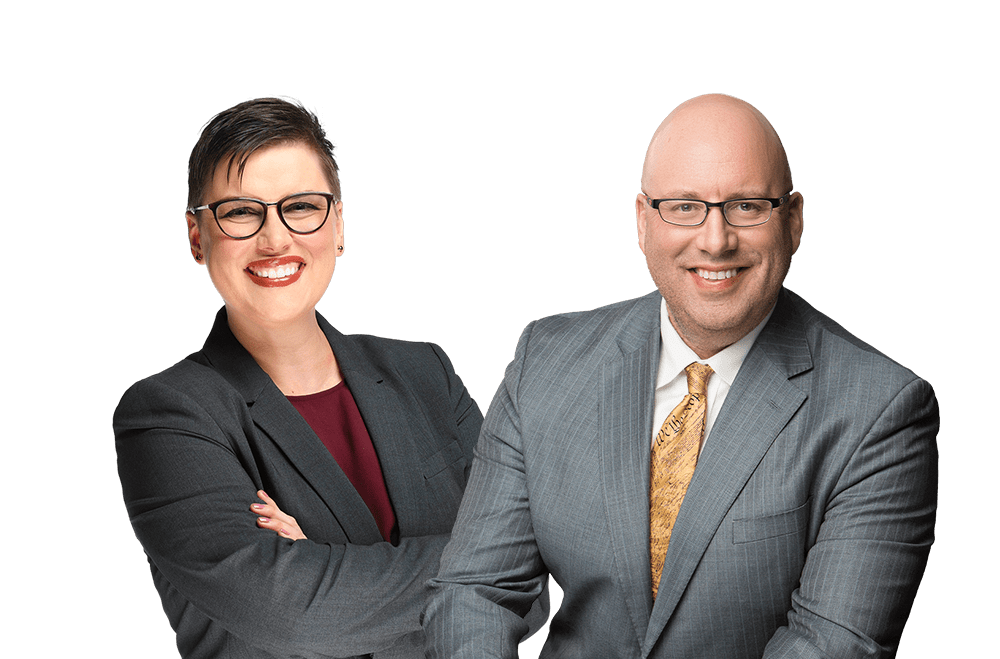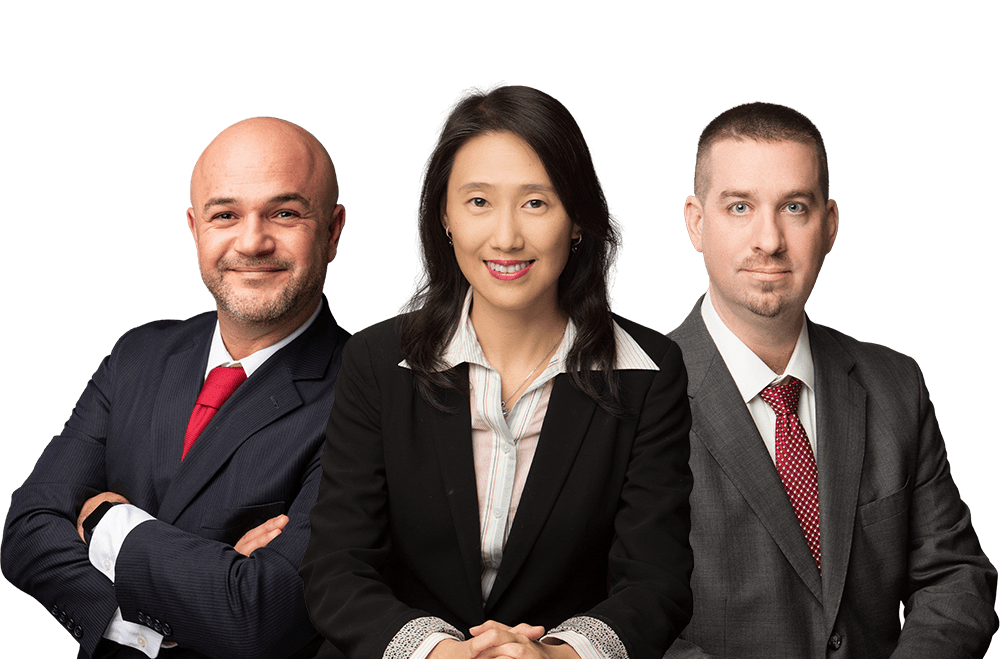USPTO's Updated Guidance for Making an Obviousness Determination
In late February, the United States Patent and Trademark Office (USPTO) issued an update to the current guidance to examiners in making obviousness determinations.[1] The five-point guidance emphasizes the flexible approach to determining obviousness in light of the U.S. Supreme Court’s decision in KSR Int'l Co. v. Teleflex Inc. (KSR).[2] The update is based on a review of several cases from the past ten years of post-KSR America Invents Act (AIA) law.
The first two points of the guidance remind that the AIA changed the time period for the availability of prior art from the time the invention was conceived to the effective filing date of the application. Additionally, they remind that the factors laid out by the Supreme Court in Graham v. John Deere Co.,[3] remain the controlling tests for determining obviousness.
The third point reiterates the flexible approach to determining obviousness as required by KSR. The guidance emphasizes the Supreme Court’s mandate to consider the common sense or knowledge of a person having ordinary skill in the art (PHOSITA) in combining prior art references. Specifically, the PHOSITA can make reasonable inferences from the references. Further, the guidance emphasizes the flexible approach to providing a reason to modify the prior art and that a motivation to modify may exist even when references do not provide a hint or suggestion to modify. While an examiner still must provide a clearly articulated reasoning for the motivation of the PHOSITA to modify the prior art, “Office personnel may use any clearly articulated line of reasoning that would have allowed a PHOSITA to draw the conclusion that a claimed invention would have been obvious in view of the facts.”
Notwithstanding the above, it remains an important point that common sense “cannot be used as a wholesale substitute for reasoned analysis and evidentiary support, especially when dealing with a limitation missing from the prior art.” Thus, the primary focus of common sense is on the inferences the PHOSITA may draw from the references at hand. The guidance, however, does not deviate from the requirement of KSR for explicitly providing a reasonable analysis. For example, the Court of Appeals of the Federal Circuit (CAFC) has emphasized that an obviousness finding based on common sense cannot simply be conclusory. Put differently, to rise to the level of obviousness, in drawing inferences in view of the PHOSITA based on “common sense,” the examiner must clearly articulate their reasoning in the record based on the evidence at hand. As a result, although there is theoretically no limit to the number of references that may be utilized in arriving at a conclusion of obviousness, there is a necessity of a reasoned explanation for assembling or modifying each to arrive at a whole claim. Such analysis becomes strained with each additional piece of reasoning required.
Point four emphasizes that examiners must not ignore the fourth Graham factor, which provides that any evidence timely presented in the record must be considered when establishing a prima facie of obviousness. The fact that an examiner may be able to adequately articulate a motivation to combine prior art does not necessarily mean an invention is legally obvious. Examiners must consider the “complete picture” and weigh evidence present. The guidance further notes that “any objective evidence of non-obviousness must be submitted by way of an affidavit or declaration; attorney arguments alone cannot take the place of such evidence in the record where the evidence is necessary.”
Point five of the guidance concludes by stating that the USPTO will continue to establish and consider all of the facts in the record. In this consideration, the USPTO will “use reasoning in accordance with Graham and KSR to determine whether a claimed invention would have been obvious in view of all relevant facts.”
Although the guidance does not provide substantially new directives to examiners, there may be some helpful insight to applicants and practitioners in more effectively navigating prosecution of applications. In view of points three and four of the guidance, it may be more effective to present arguments based upon facts or data, when appropriate and available, to rebut an examiner’s assertion of obviousness. Recent internal guidance at the USPTO regarding the consideration of declarations under 37 C.F.R. § 1.132 may provide additional insight to using parts three and four, discussed above, to rebut an examiner’s finding of obviousness. 37 C.F.R. § 1.132 enables adding evidence to the record. According to the statute, evidence supporting the traversal of a rejection may be submitted under § 1.132 when the evidence provided is “on a basis not otherwise provided for” in the application.
In March 2023, the USPTO offered training to examiners on declaration practices under 37 C.F.R. § 1.132. The training emphasized that examiners must consider evidence presented in an application, and must recognize the difference between factual evidence and mere opinions. Factual evidence, which may be presented in a declaration, if not already present in the application as filed, may include unexpected results, commercial success, long-felt need, inoperability of references, inherency in the instant application, absence of inherency in the prior art, skepticism, and copying by others. If the evidence is factual, the examiner must weigh the evidence in their non-obviousness analysis.
As previously noted, mere statements by an attorney alleging unexpected results, commercial success, the solution to a long-felt need, or inoperability of the prior art are generally not considered as factual evidence. Applicants and practitioners may be more successful in rebutting a prima facie case of obviousness by accompanying their arguments with factual evidence from an expert in a form of a declaration under 37 C.F.R. § 1.132. Given the USPTO’s asserted focus on data as factual evidence and updated guidance for examiners to focus on consideration of the factual evidence, focusing arguments on data present in the record and providing additional data when necessary may provide the quickest path to establishing non-obviousness.
[1] https://www.federalregister.gov/documents/2024/02/27/2024-03967/updated-guidance-for-making-a-proper-determination-of-obviousness.
[2] 550 U.S. 398 (2007).
[3] 383 U.S. 1, 86 S. Ct. 684 (1966) (Graham).




